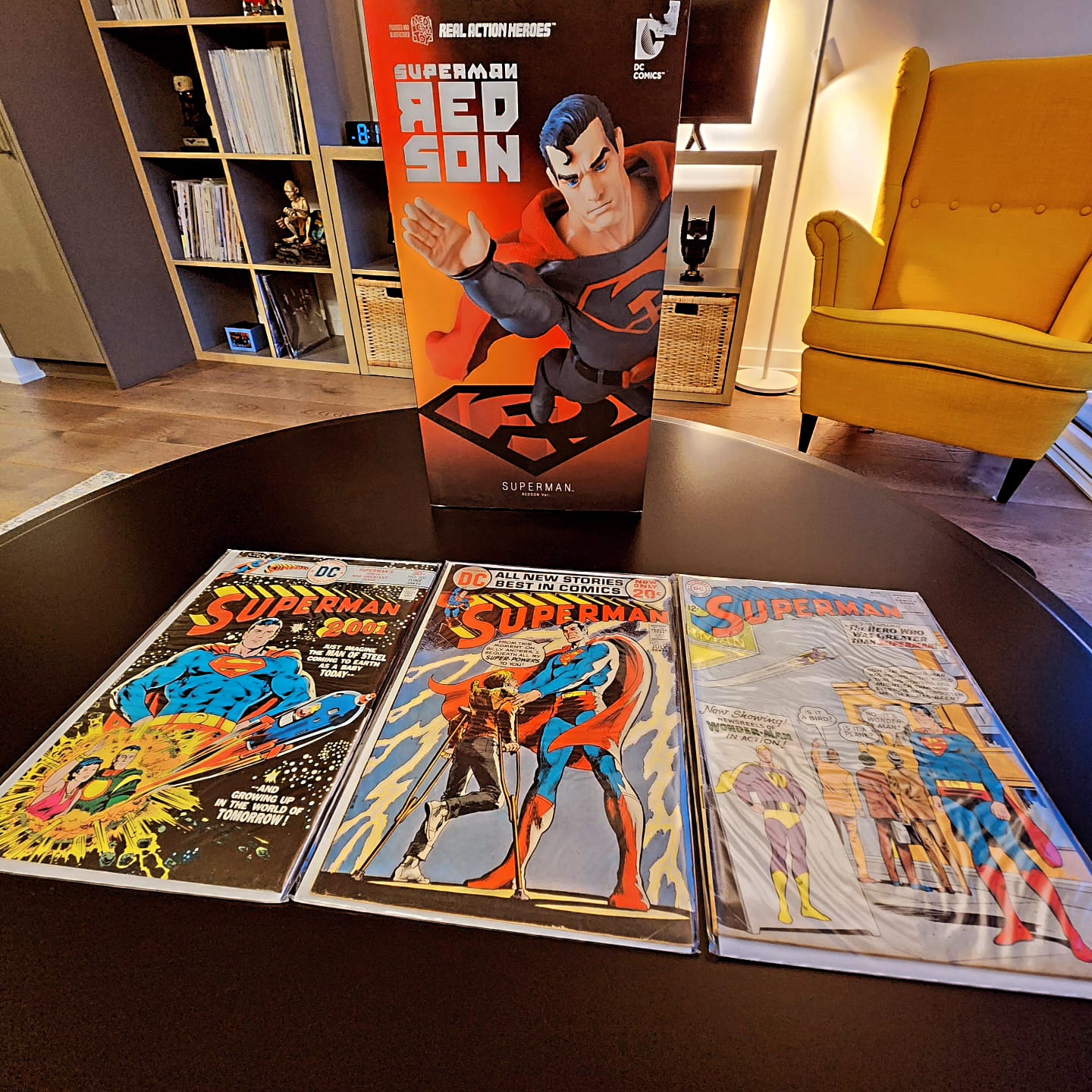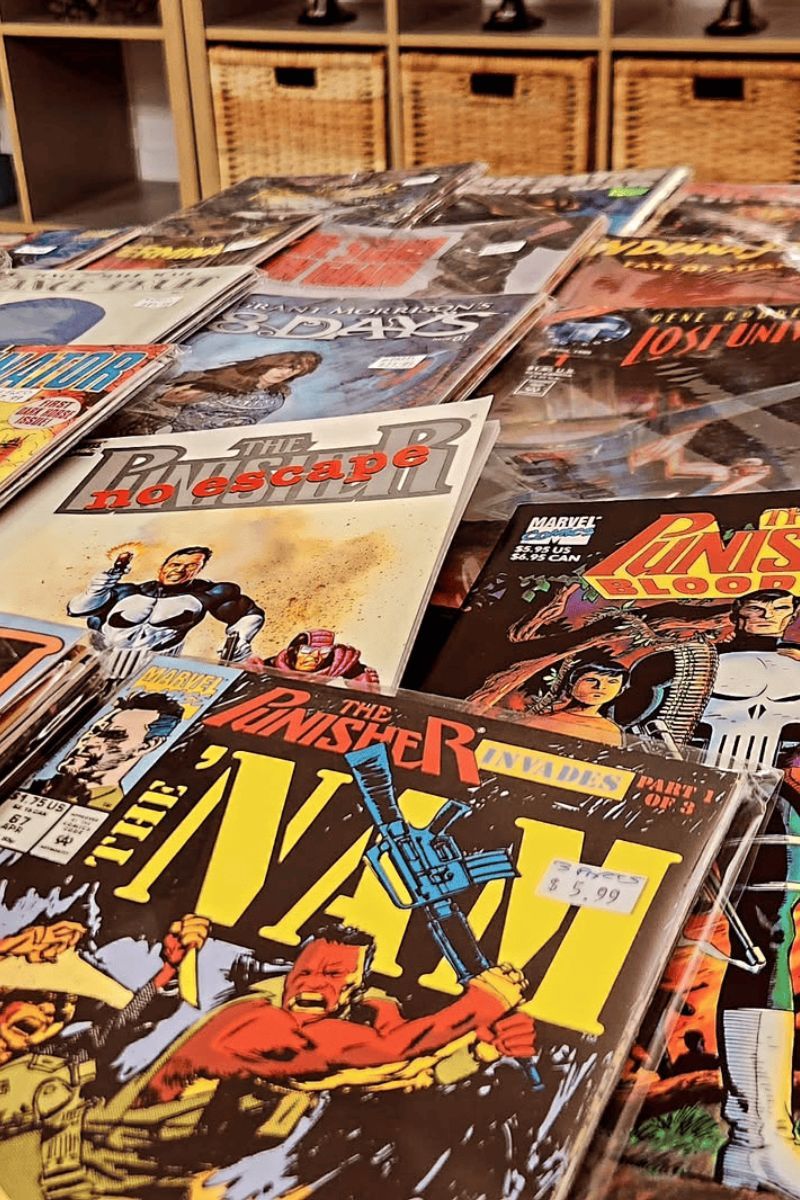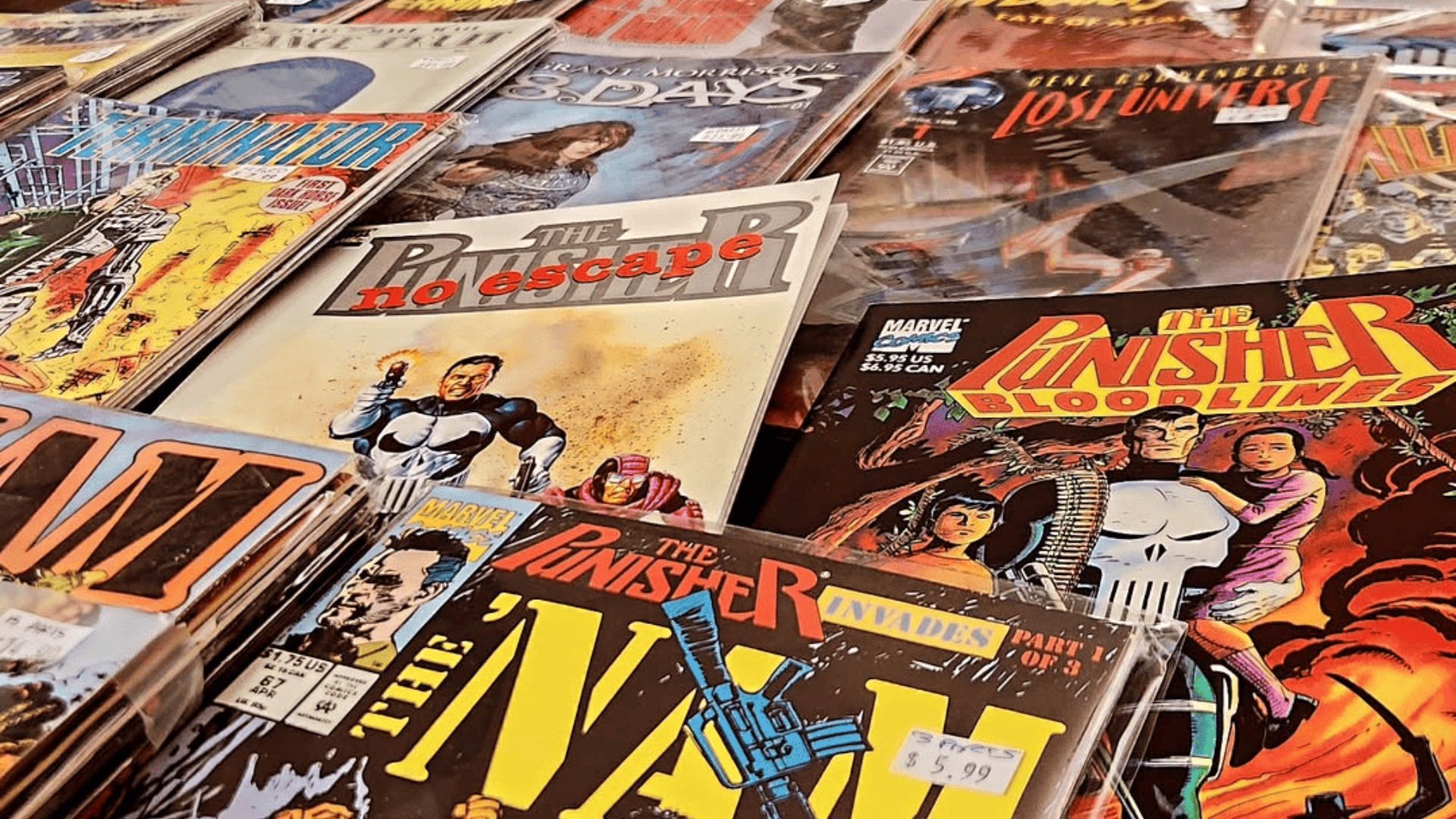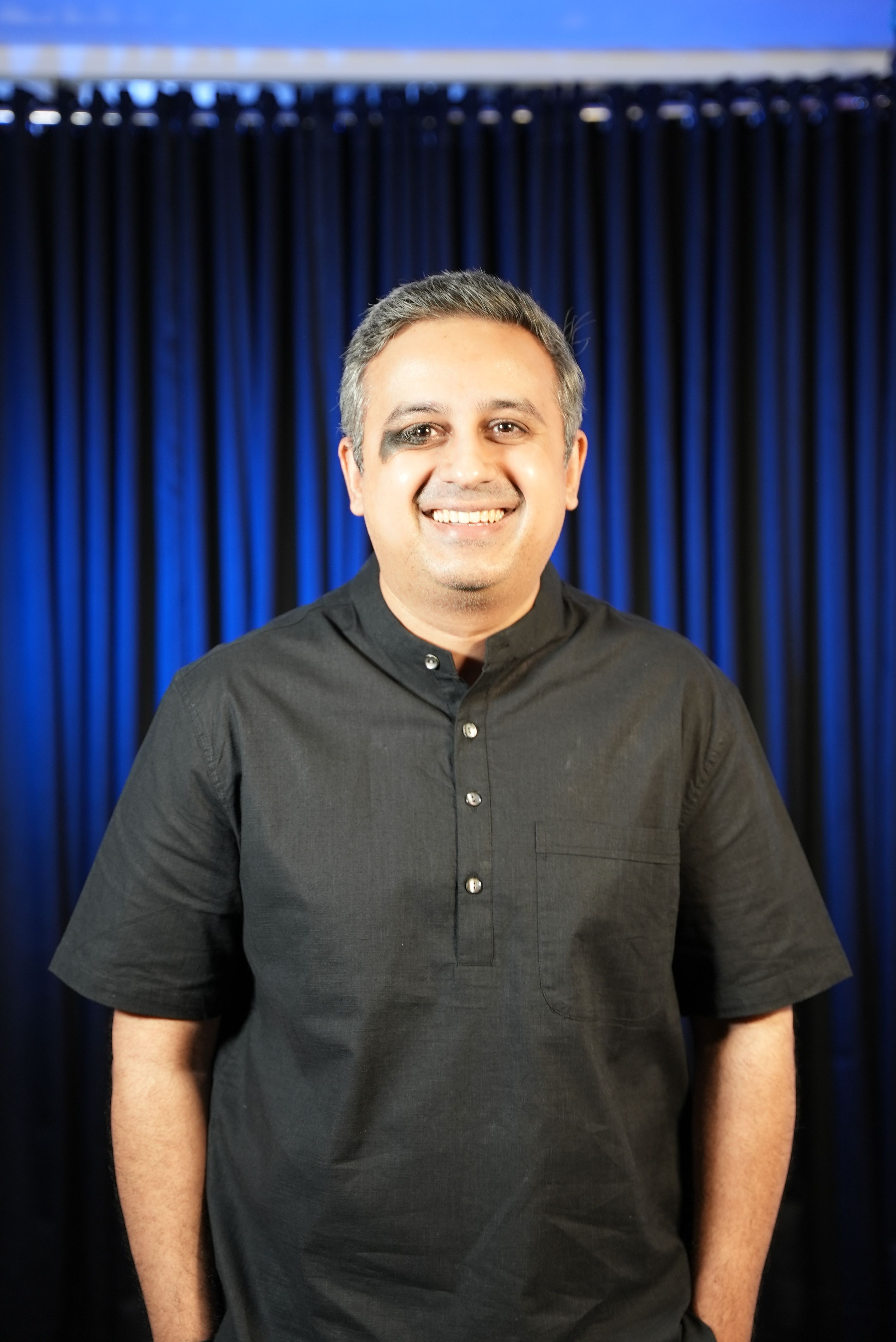The story of Fantastic Four #44 begins, like many great Marvel tales, with a bang: a mysterious man named Gorgon shatters into the scene, literally kicking down a wall and yanking the Inhuman storyline into motion. The issue would become legendary for expanding Marvel’s mythos—but for Jatin Varma, it carries a more personal kind of power.
Decades after Stan Lee and Jack Kirby unleashed it upon the world, that very comic sits in a bank locker somewhere in India. Not because it’s rare (though it is), and not just because it’s valuable (it is that, too). No, this specific copy has been signed twice by Stan Lee himself, after the pen ran out mid-autograph at a San Diego Comic-Con. Stan laughed, signed it again, and handed it back with a wink. “Now it’s one of a kind,” he told Jatin. He wasn’t wrong.
If there’s a better metaphor for what collecting means—serendipity, obsession, cosmic timing—you’d be hard pressed to find it. That book in the vault is just one of over 10,000 comics Jatin has amassed over a lifetime of reading, hoarding, and hunting. It’s a collection driven not by market value or flex, but feeling. "I didn’t even realise I was a collector for years," he says. "I just kept getting books I loved."
You probably know him as the guy who co-founded Comic Con India and helped steer desi fandom from a niche hobby into a full-blown movement. But step into this longtime media entrepreneur’s home, and it’s clear: Jatin Varma is first and foremost a reader. A Godzilla fanboy. A Blake & Mortimer completist. A man who’s weathered indie comix heartbreaks and pandemic re-shelving epics in glass cases—and others in a lap on a lazy Sunday afternoon.
The Origin Story
Before the Comic Cons and content deals, there was just a kid with a stack of Tinkle and Amar Chitra Katha. "My mother got me comic books as a way to get me reading," Jatin says. "Not only was I hooked on comics, but books as well. Comics were my stepping stone into a lifelong love for reading."
His early influences weren’t the caped crusaders of Gotham or Metropolis, but the colourful, often chaotic worlds of Tintin, Asterix, and other Franco-Belgian classics. In college, this evolved further. "That’s when I was introduced to the world of indie comics—Art Spiegelman, Robert Crumb, Harvey Pekar. That started my lifelong obsession with indie comix and it continues to this day."
What began as a reading habit slowly turned into a collecting impulse—"I didn’t even realise it was happening," he admits. But around 15 years ago, the stacks began to take shape. By the time Comic Con India took off, Jatin had already entered his curator era. With access to international fairs, creators, and vendors, the collection went from casual to curated. Signed copies. Commissioned art. First editions. And yes, the occasional holy grail.
"At its core, though," he insists, "I add books that I feel I can go back to and read again. Anything that doesn’t fit into that, I donate." Reorganising 10,000 books, of course, is no small feat. But like many obsessive collectors, Jatin found the pandemic a strangely opportune time to hit refresh. "Had a lot of time on my hands," he laughs. "I took on the challenge of re-organising the entire collection during lockdown."
Today, his shelves carry the weight of genres, moods, and milestones. From the full run of American Splendor ("took me years to complete") to a growing library of work by Indian indie creators, the scope of his collection is both wide and personal. "My taste keeps evolving," he says. "I wouldn’t call it focused...I’d call it eclectic."
He hunts through eBay. He browses indie bookstores abroad. He picks up recs from friends, creators, sometimes even fans. These days, he actively collects work from names like Ram V, Chip Zdarsky, and Ryan North.
And while a collector always has a mental list of "ones that got away," Jatin prefers to look ahead: "I’m more focused on what I’d like to add. More of the original ACK and Tinkle issues from the '80s. And I’d love to collect more original art from Eisner and Darwyn Cooke."
Shelf Life

When Jatin founded Comic Con India in 2011, the idea was revolutionary: give India’s comic fans, cosplayers, and fantasy obsessives a physical space to gather, geek out, and feel seen. A decade and a ₹55 crore acquisition later, India’s fandoms aren’t just visible—they’re a dominant cultural force.
But in some ways, the challenges remain the same. "There’s still a massive misunderstanding amongst Indian audiences that comics are for kids," he says. "And that makes marketing and distribution really hard, especially for indie creators." Still, he’s hopeful. "The sheer talent in the Indian scene today is amazing. Abhijeet Kini, Holy Cow Entertainment, Bullseye Press, Yali Dream Creations, Meta Desi—there are so many people doing phenomenal work."
What’s changed, however, is access. Manga and anime—"arguably more popular than superheroes these days," Jatin notes—have made their way into homes across big cities and small towns. Dubs, subtitles, social media, and streaming have all helped democratise fandom. "This isn’t a trend," he says. "This is here to stay."
The question now is where it all goes next. Jatin no longer helms the day-to-day at Comic Con, but his connection to fandom remains deeply personal. He still attends events—having just visited the hallowed San Diego Comic Con—still reads widely, still champions artists who might otherwise go unnoticed. And sometimes, when no one’s looking, he still pulls out an old Tinkle and reads it cover to cover.







